Dreros (Δρῆρος in Ancient Greek), also known as Driros in Modern Greek pronunciation, is an archaeological site situated near Neapoli in the Lasithi regional unit of Crete, approximately 16 km northwest of Agios Nikolaos. The site is significant for its post-Minoan remains, dating back to the early Archaic Period, around the same time as other notable sites like Lato and Prinias.
Historical Overview
Dreros was an important settlement throughout the Archaic and Classical periods. The earliest finds date to the 8th century BC, while the most recent ones belong to the 3rd century BC.
Dreros was a city built on two hills, on the northern slopes of Mount Kadistos. It was founded in the Geometric period, around the 8th century BC, and flourished in the Archaic period, from the 7th to the 6th centuries BC. During this time, Dreros was an important center of trade and culture. The city was home to a number of temples and sanctuaries, and its inhabitants were known for their skill in bronze working and pottery. Dreros began to decline in the Classical period, and was eventually abandoned in the Hellenistic period.
The site is noted for its harbor, which was well-protected from the northern winds and provided a suitable landing spot for ships coming from the Aegean. In the early Archaic Period, the main settlement was located on and around two hills, which were linked by a narrow saddle. During this period, from the 8th to the 6th century BC, the city flourished and was even able to dedicate a series of bronze and terracotta votives in the major extra-urban sanctuaries of the island, such as the Idaean Cave and Syme. Dreros was, in other words, one of the more prominent Cretan cities in this period.
The Sanctuary of Dreros
Dreros is well known for its sanctuary dedicated to Apollo Delphinios. The sanctuary consists of a rectangular room with a doorway, a central hearth flanked by two columns, and a bench or platform where cult equipment was displayed.
Three sphyrelaton statuettes (Apollo, Artemis, and Leto) were found in the sanctuary. The statuettes, which date back to the 8th century BC, were made of bronze sheets hammered over a wooden core. They are some of the earliest statuettes in Greece and are thought to represent Apollo Delphinios.
The Cistern of Dreros
A large, open cistern was discovered in the agora of Dreros. The cistern, which was used for the water supply of the city, was the largest cistern ever found in Greece. It was 13 meters long, 5.5 meters wide, and 6 meters deep.
The cistern was packed with a variety of objects, including pottery fragments, stone tools, horns, animal bones, and human bone. The presence of these objects has led to speculation that the cistern may have been used for ritual purposes.
The Agora of Dreros
The agora of Dreros is located between the two hills of the settlement. It is a large open space that was used for public gatherings and ceremonies.
The ‘Twenty of the Polis’
An inscription dating back to the 7th century BC mentions a board of officials known as the ‘Twenty of the Polis’. These officials are thought to have been responsible for the administration of the city.
The Phylai of Dreros
The people of Dreros were divided into a number of phylai, or tribes. The phylai are thought to have been social and political units that played an important role in the life of the city.
Later History
In the 7th century BC, a temple was built in the agora of Dreros. The temple, which was dedicated to Apollo Delphinios, is one of the earliest known examples of a Greek temple.
In the 6th century BC, Dreros began to decline in importance. The city was eventually abandoned in the 5th century BC.
Conclusion
Dreros is a significant archaeological site that provides important insights into the development of the Greek polis. The site is particularly important for its early inscriptions, which document the development of the political institutions of the city.
Dreros: Key Points
- Construction Period: 8th-3rd century BC
- Location: Two hills and saddle near Neapoli, Lasithi
- Current Status: Archaeological site, partially restored
References
-
Grote, O. 2014. ‘The Twenty of the Polis’ and the Drerian Phylai. Journal of Ancient Civilizations 29:63-76.
-
Klein, N.L. and Glowacki, K.T. 1988. From Vronda to Dreros: Architecture and Display in Cretan Cult Buildings. In: Hägg, R. and Marinatos, N. (eds), Early Greek Cult Practice. Stockholm: Svenska Institutet i Athen, 149-163.
-
Antoniou, G., Xarchakou, R. and Angelakis, A.N. 2006. Water Cistern Systems in Greece from Minoan to Hellenistic Period. In: Proceedings of the 1st IWA International Symposium on Water and Wastewater Technologies in Ancient Civilizations, Iraklio, Greece
-
Prent, M. 2005. Cretan Sanctuaries and Cults.
-
Vasilakis, A. 2004. The 147 Cities of Ancient Crete. Kentro Kritologias


















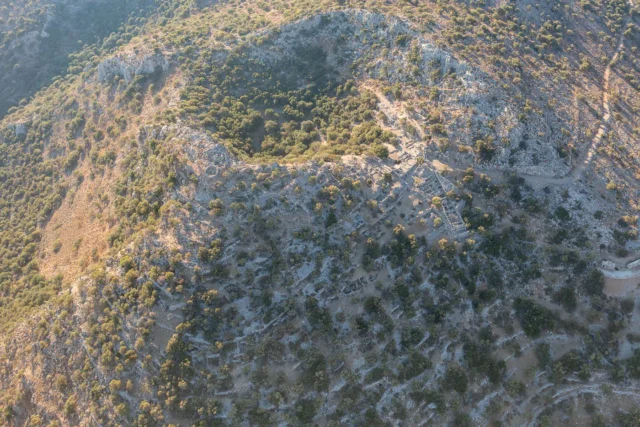
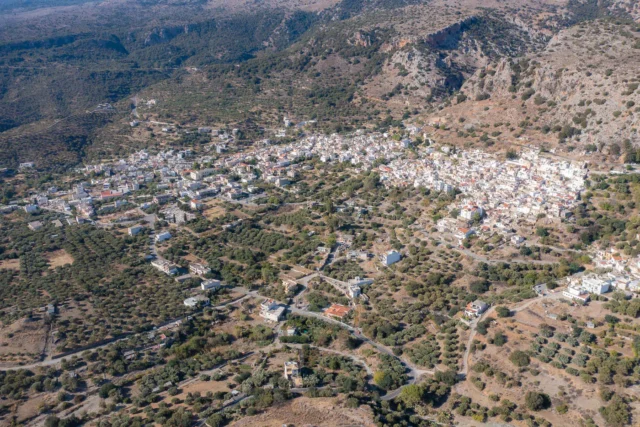

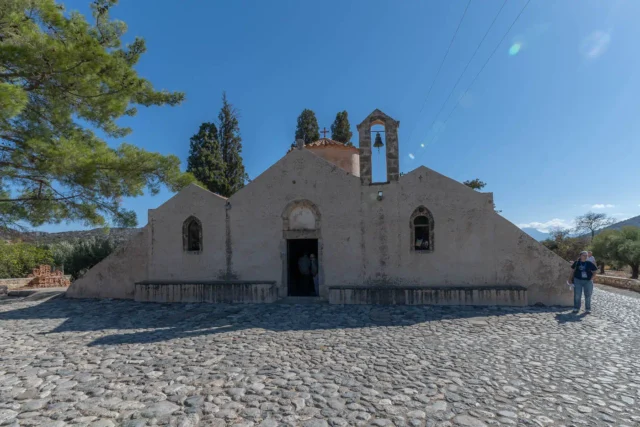
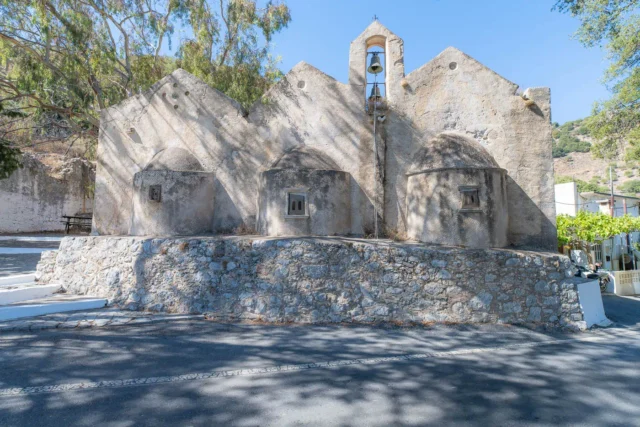
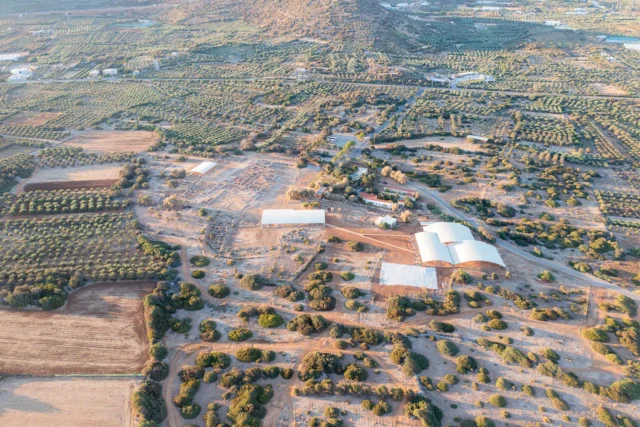

There are no comments yet.